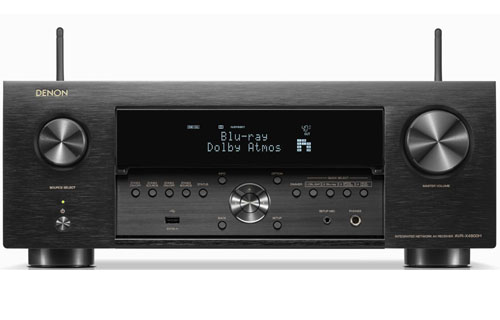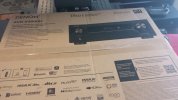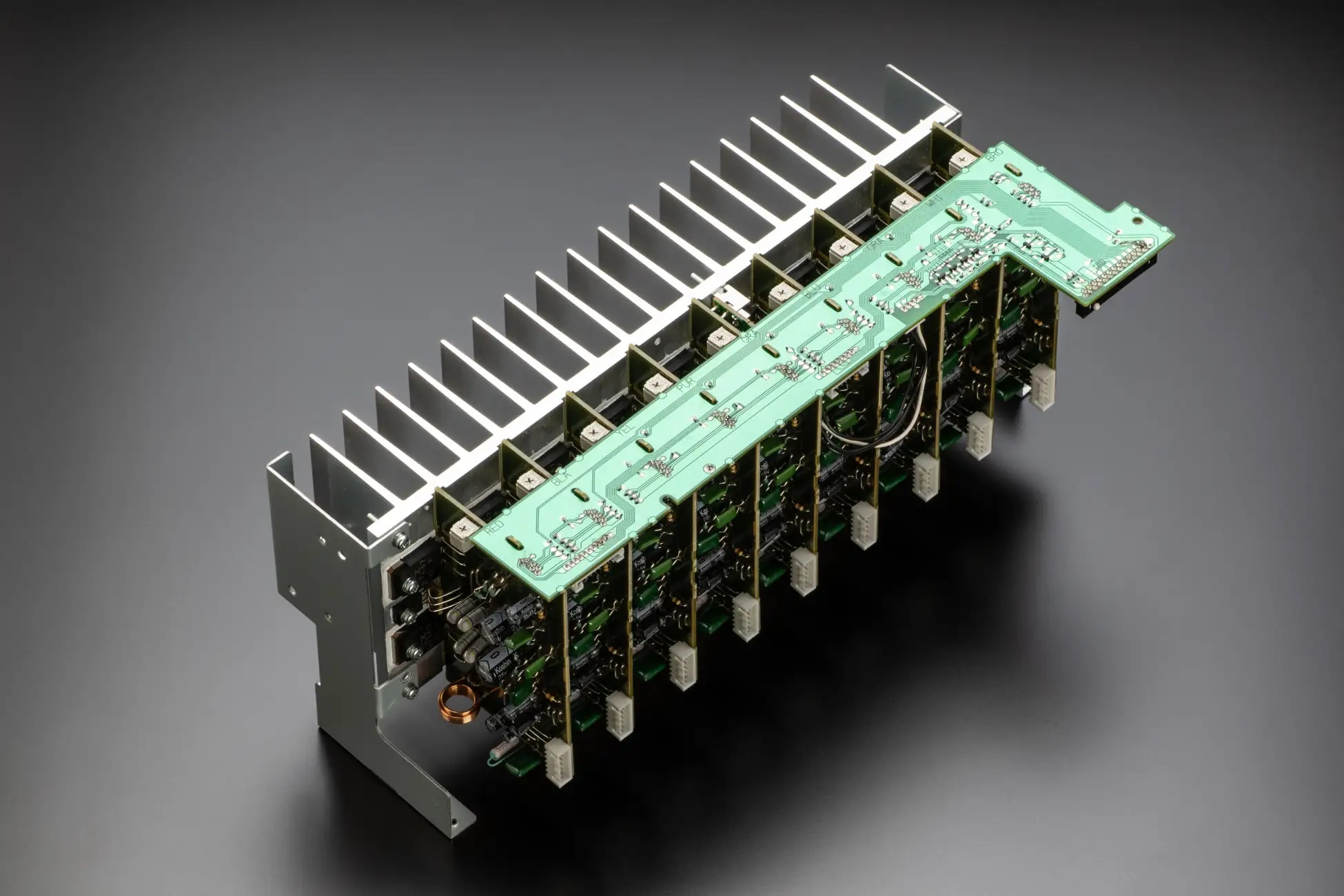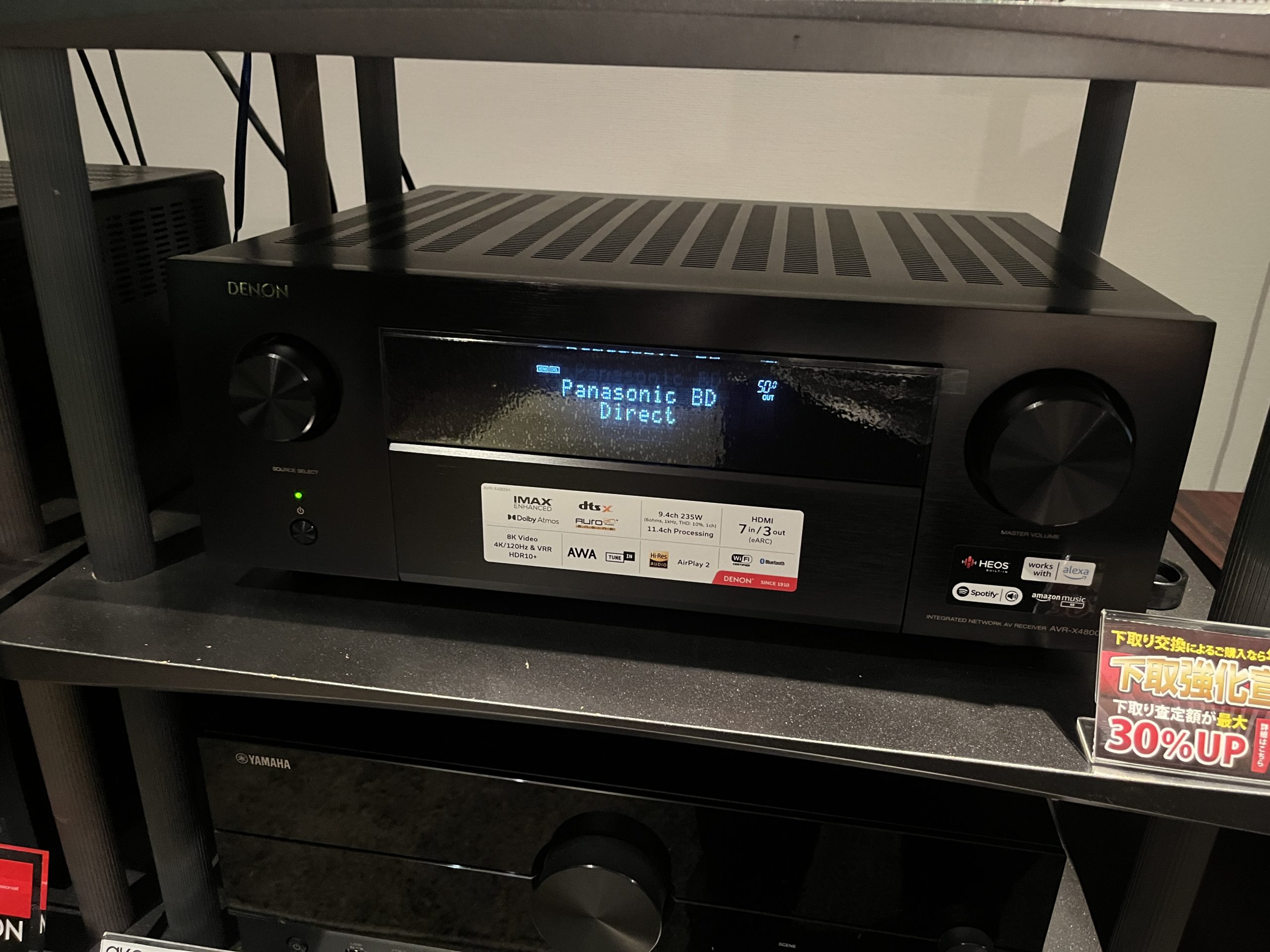Trying to decide to go with x4800, or if the x3800 is just fine for my situation and I can put that saved 1k to another day on a heli skip trip...or 2 rounds at pebble beach..or...hahh... I'm going to be using external amps for a 2 zone system (a 3.1 zone for tv/movies, and a 2.1 for music. I'll be playing music from a MacMini and so I can have that run Dirac for at least the music listening). I have a pair of KEF R7s for the music.
While the x3800h didn't have a strong review, would it be fine for my situation given the usage of external amplification? I can't quite make heads or tails of these testing graphs. Put another way, did the x3800h test fine when using external amps, and primarily fell short when using it's internal amps?
If the x3800h doesn't quite cut it, I'll go for the x4800. (I was looking at an Anthem MRX740 but it sounds like it's just too flaky overall. Should I put that out of my mind once and for all? ;-) )
thx for any ideas!




